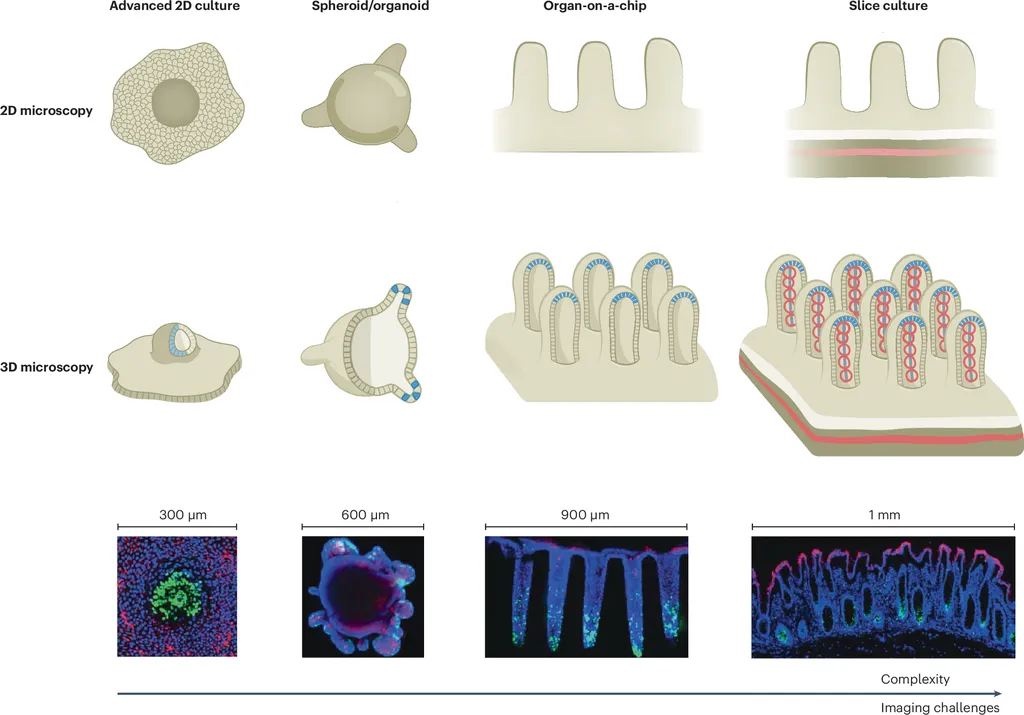In a groundbreaking development that could reshape the landscape of biomaterial evaluation, researchers have introduced a novel three-dimensional cell sheet model that promises to enhance the accuracy of in vitro predictions for the osteogenic potential of biodegradable magnesium-based metals. This innovation, spearheaded by Liangwei Chen from the Department of Oral and Maxillofacial Surgery at Peking University School and Hospital of Stomatology, addresses a long-standing challenge in the field: the discrepancy between in vitro and in vivo results.
Traditionally, preclinical safety evaluations of biodegradable metals have relied on monolayer cell-based methods, which often indicate significant cytotoxicity that doesn’t align with in vivo outcomes. This inconsistency has been a stumbling block in the clinical translation of these materials. Chen and his team aimed to bridge this gap by developing a more representative in vitro model.
The researchers constructed three-layer BMSC cell sheets using a layer-by-layer assembly technique. Histological analyses revealed that these cell sheets maintained a stable three-dimensional structure with elevated levels of cell-cell interaction proteins such as N-Cadherin, Fibronectin, and Vinculin. This structural integrity translated into enhanced osteogenic potential, making the cell sheets a more accurate predictor of in vivo performance.
“Our findings demonstrate that the cell sheet model not only provides a more physiologically relevant environment for evaluating the cytotoxicity of magnesium-based metals but also better correlates with in vivo outcomes,” Chen explained. This enhanced correlation is crucial for the energy sector, particularly in applications requiring biodegradable materials for medical implants and other biomedical devices.
The study evaluated the cytotoxicity of 4N pure Mg in both cell sheet and monolayer co-culture models. Flow cytometry results showed higher Ki67 expression, lower ROS levels, and a reduced apoptosis rate in cell sheets, indicating a cytoprotective effect. ShRNA-mediated silencing of N-Cadherin in cell sheets significantly compromised this cytoprotective capacity, highlighting the importance of cell-cell interactions in mitigating metal-induced toxicity.
Furthermore, the researchers conducted a comprehensive analysis of osteogenesis-related gene expression between in vitro co-culture models and in vivo femur implantation models. The results showed that 4N pure Mg enhanced the expression of osteogenic genes (BMP2R, RUNX2, and SP7) in cell sheets, consistent with in vivo patterns but contrary to monolayer models. This consistency suggests that cell sheet models can provide more reliable data for the development and evaluation of magnesium-based biomaterials.
The study also evaluated various magnesium-based metals, including 4N/5N Pure Mg, ZE21B, and WE43, in cell sheet defect, monolayer defect, and cranial defect models. The results showed that 5N Pure Mg, ZE21B, and WE43 promoted defect healing in both cranial defect and cell sheet models, but showed no positive effect in monolayers. This further underscores the potential of cell sheet models as alternative in vitro evaluation tools.
The implications of this research are far-reaching. By providing a more accurate and reliable in vitro model, the cell sheet technology could accelerate the clinical translation of magnesium-based biomaterials, benefiting the energy sector and other industries that rely on biodegradable materials. As Chen noted, “This innovation has the potential to revolutionize the way we evaluate and develop biomaterials, ultimately leading to better patient outcomes and more efficient commercial applications.”
Published in the journal *Bioactive Materials* (translated as “活性材料” in Chinese), this research marks a significant step forward in the field of biomaterial evaluation. The cell sheet model’s ability to better predict in vivo performance could pave the way for more effective and safer biomedical devices, driving advancements in both medical and industrial applications. As the energy sector continues to explore biodegradable materials for various applications, this research offers a promising tool for more accurate and efficient evaluations.

